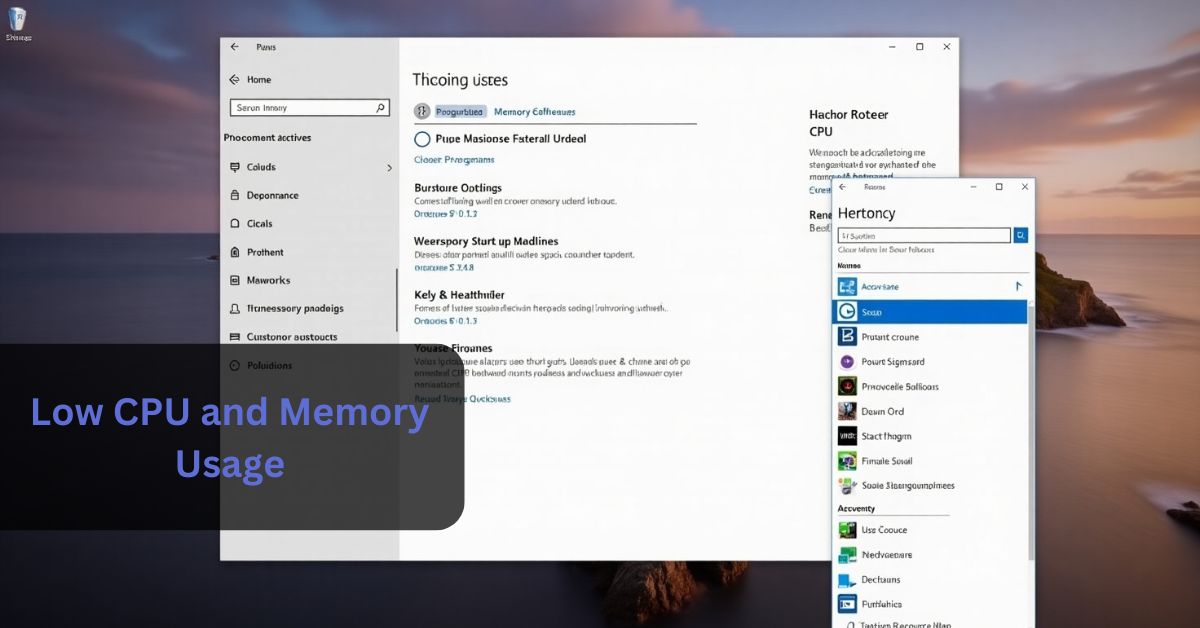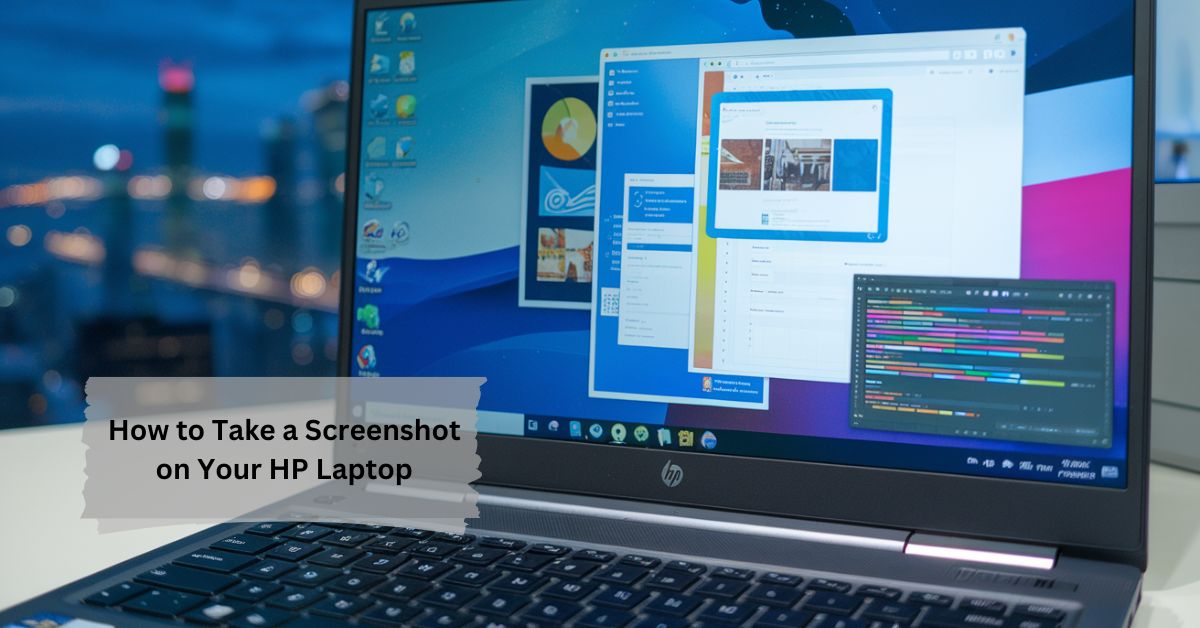Factory resetting an Acer laptop can be a crucial step in resolving persistent issues or preparing the device for a new user. However, encountering a situation where the usual Alt + F10 method fails can be incredibly frustrating. This article will guide you through alternative methods to factory reset your Acer laptop, ensuring a smooth and effective process.
Understanding the Importance of a Factory Reset
Why Factory Reset?
A factory reset restores a laptop to its original state by erasing all personal data, installed applications, and system settings. This process can resolve various software issues, remove malware, and improve overall performance. It’s also a critical step before selling or donating your laptop to protect your personal information from being accessed by others.
Common Reasons How to Factory Reset an Acer Laptop When Alt + F10 Isn’t Working Might Fail
The Alt + F10 method is the default way to access Acer’s recovery environment. However, it may fail due to several reasons:
- Corrupted Recovery Partition: If the recovery partition is damaged or deleted, the Alt + F10 method won’t work.
- Disabled Recovery Option in BIOS: The BIOS settings might have the D2D Recovery option disabled.
- Hardware Issues: Problems with the hard drive or other hardware components can prevent the recovery process.
- Software Conflicts: Recent software installations or updates might interfere with the recovery function.
Alternative Methods for Factory Resetting an Acer Laptop
Using Acer eRecovery Management
Step-by-Step Guide to Access eRecovery Management
- Restart Your Laptop: Power on your Acer laptop.
- Enter BIOS: Press the F2 key repeatedly during startup to enter the BIOS setup.
- Enable D2D Recovery: Navigate to the Boot tab and ensure the D2D Recovery option is enabled.
- Exit BIOS: Save the changes and exit BIOS. Your laptop will restart.
- Retry Alt + F10: Press Alt + F10 during startup to see if the eRecovery Management tool loads.
Resetting Through eRecovery Management
If you manage to access eRecovery Management:
- Select “Restore Operating System to Factory Defaults”.
- Follow On-Screen Instructions: Complete the reset process by following the prompts provided by the eRecovery tool.
Using Windows Settings
Resetting via Windows 10 Settings
- Open Start Menu: Click on the Start menu and select Settings.
- Navigate to Update & Security: In the Settings menu, click on Update & Security.
- Select Recovery: From the left panel, choose Recovery.
- Start Reset Process: Under “Reset this PC”, click Get started.
- Choose Reset Option: Select either “Keep my files” or Remove everything.
- Complete the Reset: Follow the on-screen instructions to complete the reset process.
Using a Recovery Drive
Creating a Recovery Drive
- Connect a USB Drive: Insert a USB drive with at least 16GB of space.
- Open Recovery Drive Tool: Type “Create a recovery drive” in the Windows search bar and select the result.
- Follow the Wizard: Follow the steps to create a recovery drive.
Booting from the Recovery Drive
- Insert Recovery Drive: Connect the recovery drive to your laptop.
- Restart and Enter Boot Menu: Restart the laptop and press F12 to access the boot menu.
- Select USB Drive: Choose the USB drive from the boot menu and press Enter.
- Reset the Laptop: Follow the on-screen instructions to reset your laptop.
Using Installation Media
Creating Windows Installation Media
- Download Media Creation Tool: Go to Microsoft’s website and download the Media Creation Tool.
- Run the Tool: Launch the tool and select Create installation media for another PC.
- Prepare Bootable USB: Follow the prompts to create a bootable USB drive.
Resetting Using Installation Media
- Insert Installation Media: Connect the USB drive to your laptop and restart.
- Enter Boot Menu: Press F12 during startup to open the boot menu and select the USB drive.
- Choose Language Preferences: Set your language preferences and click Next.
- Repair Your Computer: Click on “Repair your computer”.
- Select Troubleshoot: Choose Troubleshoot and then Reset this PC.
Troubleshooting Common Issues
Dealing with a Corrupted Recovery Partition
If the recovery partition is corrupted or missing, the How to Factory Reset an Acer Laptop When Alt + F10 Isn’t Working method won’t work. In such cases, creating a recovery drive or using installation media as described above can bypass this issue and allow you to reset your laptop.
Ensuring Correct BIOS Settings
Make sure the D2D Recovery option is enabled in BIOS:
- Enter BIOS Setup: Press F2 during startup.
- Check Boot Tab: Ensure the D2D Recovery option is enabled.
- Save and Exit: Save the changes and exit BIOS.
Addressing Hardware Issues
Hardware problems, such as a failing hard drive, can prevent the reset process. Running diagnostics tools can help identify and resolve hardware issues:
- Use Built-In Diagnostics: Many Acer laptops have built-in diagnostics accessible via the BIOS.
- External Tools: Use third-party tools like CrystalDiskInfo to check hard drive health.
Preventive Measures
Regular Backups
To avoid data loss during a factory reset, regularly back up your data. Use cloud storage services like Google Drive or OneDrive, or external drives, to keep your files safe.
Keeping System Updated
Regularly updating your system can prevent software issues that may necessitate a factory reset. Ensure your Windows OS and all drivers are up to date.
Using Reliable Antivirus Software
A good antivirus program can prevent malware infections that might force you to reset your laptop. Consider using trusted antivirus software and keep it updated.
Real-Life Case Studies
John’s Experience with Recovery Drive
John, an Acer laptop user, faced repeated failures with the Alt + F10 method. By using a recovery drive, he successfully reset his laptop. This case highlights the importance of alternative recovery methods.
Expert Insights
According to tech expert Jane Doe, “Having multiple recovery methods is crucial. Users should familiarize themselves with creating and using recovery drives to avoid being stuck in critical situations.”
Conclusion
Factory resetting an Acer laptop when Alt + F10 isn’t working can be challenging but manageable with alternative methods. By following the steps outlined in this guide, you can restore your laptop to its original state and resolve various issues. Remember to back up your data and keep your system updated to prevent future problems.






















Leave a Reply